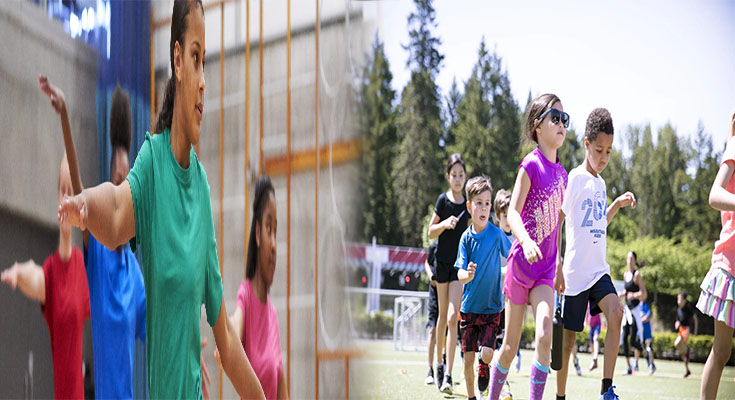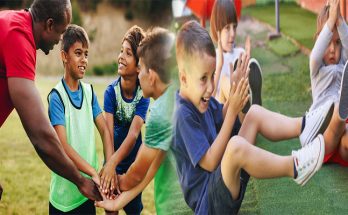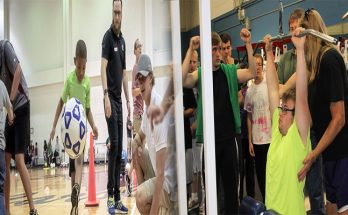Inclusive physical education refers to the practice of creating an environment where all learners, regardless of their abilities or disabilities, can actively participate and benefit from physical activities. Instructors in inclusive physical education play a crucial role in ensuring that diverse learners have equal opportunities to engage in and enjoy physical activities. This article explores the key responsibilities and roles of inclusive physical education instructors.
Creating an inclusive environment:
The first role of an inclusive physical education instructor is to create a welcoming and inclusive environment for all learners. This involves fostering a sense of belonging and ensuring that students feel valued and respected. Instructors can achieve this by promoting positive peer interactions, encouraging teamwork, and establishing clear behavior expectations.
Modifying activities to accommodate different needs:
Inclusive physical education instructors understand that diverse learners may have different abilities, strengths, and challenges. They modify activities and adapt equipment to ensure that all students can participate at their own level. For instance, they might provide additional support or use modified sports equipment to facilitate participation and success.
Providing individualized instruction:
Instructors must be able to provide individualized instruction to meet the unique needs of diverse learners. This may involve breaking down tasks into smaller steps, offering visual aids or verbal cues, or providing additional time for students to master skills. By tailoring their instruction, instructors can ensure that all students have a meaningful and positive physical education experience.
Collaborating with other professionals:
Inclusive physical education is a team effort, and instructors work collaboratively with other professionals, such as special education teachers, occupational therapists, or speech therapists. They exchange information, share strategies, and ensure a coordinated approach to support the diverse learners in their classes. Collaboration enables instructors to tap into the expertise of others and provide comprehensive support to students.
Promoting social inclusion:
Inclusive physical education instructors play a vital role in fostering social inclusion among diverse learners. They create opportunities for students to interact and collaborate, promoting positive relationships and teamwork. Instructors can also organize inclusive games and activities that encourage cooperation and help break down barriers between students.
Assessing and monitoring progress:
Inclusive physical education instructors regularly assess and monitor the progress of their students. They use a variety of assessment tools, such as observations, skill-based tests, or self-reflection activities, to evaluate individual growth and development. This information helps instructors to track progress, identify areas of improvement, and adjust instruction accordingly.
Professional development:
Instructors in inclusive physical education should continuously engage in professional development to enhance their knowledge and skills. They stay updated on the latest research, attend workshops or seminars, and collaborate with other professionals in the field. By staying informed and expanding their expertise, instructors can better support the diverse needs of their students.
Inclusive physical education instructors play a fundamental role in ensuring that diverse learners have equal opportunities to engage in physical activities. Through creating inclusive environments, modifying activities, providing individualized instruction, collaborating with other professionals, promoting social inclusion, assessing progress, and engaging in professional development, instructors can effectively support and empower students of all abilities. Inclusive physical education not only promotes physical health but also fosters acceptance, inclusion, and overall well-being among diverse learners.





